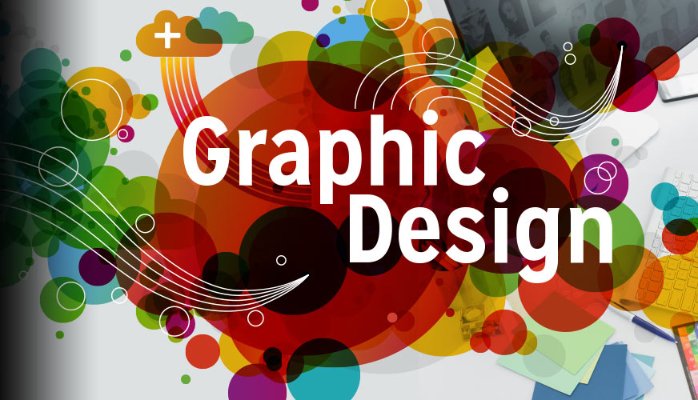
Design is about more than just aesthetics — it's about communication, usability, and clarity. Whether you're working on a poster, social media graphic, website, or brochure, understanding layout principles can instantly elevate your design. Simple layout rules ensure your content not only looks good but is easy to read, navigate, and understand.
If you're just beginning your design journey or looking to strengthen your foundation, mastering these rules is a must. And for those who want to go further, structured training like Graphic Design Courses in Udaipur can offer the hands-on guidance needed to grow into a professional designer.
1. Use a Grid to Structure Your Design
Grids are the invisible backbone of strong design layouts. They bring structure and balance, helping you organize content and maintain consistent alignment throughout your piece. Whether you're working with two columns or twelve, a grid ensures that your layout feels cohesive and intentional.
2. Keep Your Alignment Consistent
Nothing disrupts a good layout like inconsistent alignment. Left, right, center, or justified — whatever alignment you choose, apply it consistently across headings, body text, and images. Consistent alignment creates order and professionalism, making your design easier to read and understand.
3. Create Visual Hierarchy
Visual hierarchy refers to how information is prioritized visually. It helps the viewer understand what to look at first. Use contrast in font size, weight, and color to emphasize headings, subheadings, and key messages. Proper hierarchy guides the eye and ensures that your content flows naturally.
4. Don’t Be Afraid of White Space
White space — also known as negative space — gives your design breathing room. It separates elements, reduces visual clutter, and makes your message clearer. A common beginner mistake is trying to fill every inch of space. Embrace simplicity and allow the content to stand out.
5. Limit Your Fonts and Colors
Using too many fonts or colors can make your design chaotic and hard to read. Stick to one or two font families and a limited color palette. Use color for emphasis, but make sure it aligns with your brand or project goals. Consistency in fonts and colors enhances visual unity.
6. Group Related Items Using Proximity
Proximity is about grouping related items together so viewers naturally understand they’re connected. For example, a heading and a paragraph should be closer to each other than to unrelated elements. This rule improves readability and visual logic across your design.
7. Set Uniform Margins and Padding
Margins and padding keep elements from crowding each other or the edge of the design. Uniform spacing throughout your layout creates a clean, polished appearance. Be consistent with spacing around images, text boxes, and sections to enhance your layout's overall balance.
8. Balance Symmetry and Asymmetry
Symmetrical designs feel stable and formal, while asymmetrical layouts can be more dynamic and engaging. You don’t have to pick one over the other, but always aim for balance. Make sure no side of your design feels heavier or more cluttered than the other.
9. Maintain Readability at All Costs
No matter how artistic your design is, it must remain readable. Use legible fonts, adequate contrast between text and background, and proper line spacing. Avoid placing text over busy images, and always test your designs on different devices and screen sizes when applicable.
10. Test, Get Feedback, and Iterate
Design improvement is an ongoing process. Don’t be afraid to test different versions of your layout. Ask for feedback from peers or mentors. Sometimes, even small tweaks — like adjusting spacing or changing font weight — can significantly improve the design’s impact.
Go Beyond Static Design
Once you’re comfortable with static layout rules, you can explore advanced techniques like animation and motion graphics. If you're eager to bring your designs to life with movement, check out 3D Motion Graphic Design Courses in Udaipur for training in tools like After Effects and Blender. These skills are in high demand in industries like advertising, gaming, and media.
Conclusion
Good design doesn't have to be complex — it just needs to be clear and intentional. By following these simple layout rules, you can transform ordinary designs into professional-quality visuals that communicate powerfully. Whether you're designing a poster or a web layout, applying structure, alignment, hierarchy, and spacing will always make your work stronger.
And if you're serious about turning your passion into a profession, enrolling in structured learning like Graphic Design Courses in Udaipur is a smart next step. With the right guidance and consistent practice, you'll be well on your way to mastering the art and science of design.